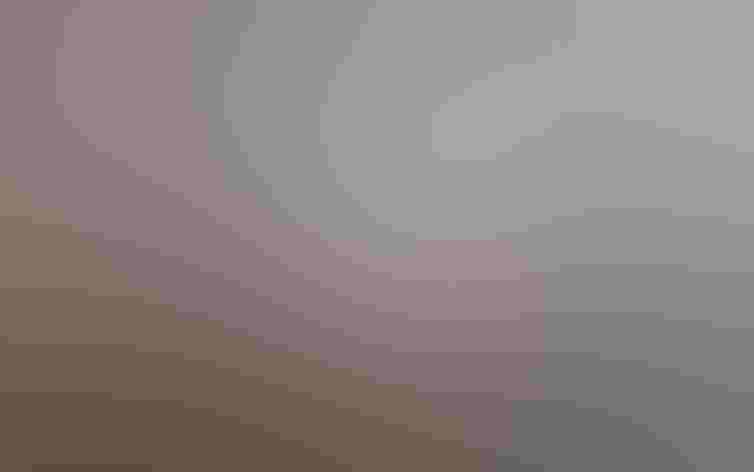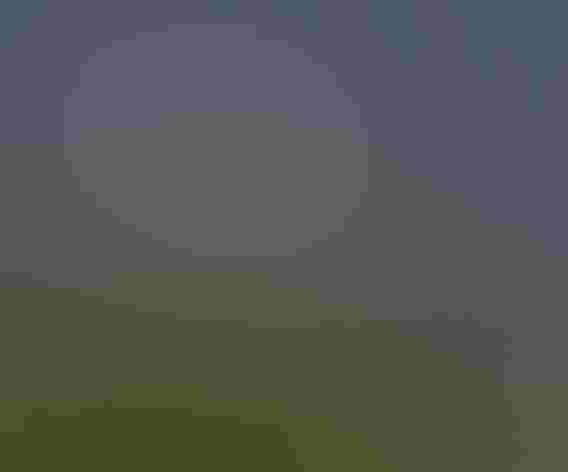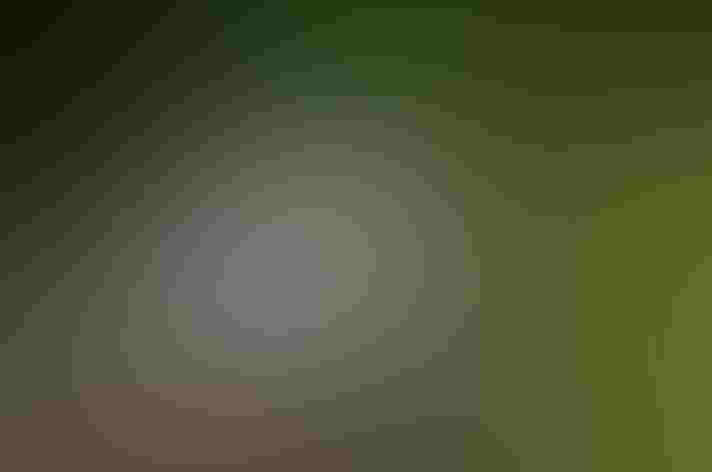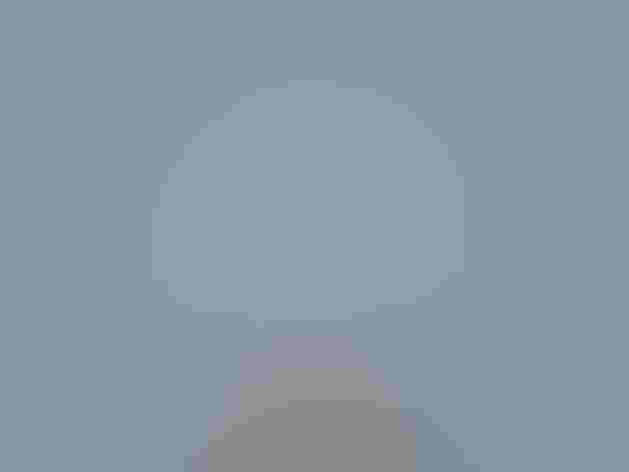Black-headed Gull
At a Glance
One of the most abundant gulls in Europe and Asia, and a recent invader to North America. It was first recorded on this continent in the 1920s and 1930s, and first found nesting in Newfoundland in 1977. Still mostly a winter visitor to tidewater areas in the northeast, and a summer visitor to western Alaska.
All bird guide text and rangemaps adapted from by Kenn Kaufman漏 1996, used by permission of Houghton Mifflin Harcourt Publishing Company. All rights reserved.
Category
Gull-like Birds, Gulls and Terns
IUCN Status
Least Concern
Habitat
Coasts and Shorelines, Freshwater Wetlands, Lakes, Ponds, and Rivers, Saltwater Wetlands
Region
Alaska and The North, California, Eastern Canada, Florida, Great Lakes, Mid Atlantic, New England, Southeast
Population
4.600.000
Range & Identification
Migration & Range Maps
Of the hundreds that winter in Newfoundland and Nova Scotia (and the dozens that winter elsewhere in the northeast), most probably come from Iceland: the appearance of the species in eastern North America followed a sudden growth of the Icelandic nesting population in the 1930s. Strays from Asia also show up regularly in Alaska.
Description
15" (38 cm). Adult has white triangle in outer wing like Bonaparte's Gull, but underside of wingtip is extensively black (Bonaparte's is almost entirely white there). Black-headed has thicker bill, usually red (not black); immature's bill has pale base. Noticeably larger than Bonaparte's when seen together.
Size
About the size of a Crow
Color
Black, Brown, Gray, Red, White, Yellow
Wing Shape
Pointed, Tapered
Tail Shape
Rounded, Short, Square-tipped
Songs and Calls
A harsh kwup; various squealing notes.
Call Pattern
Falling, Flat
Call Type
Raucous, Scream
Habitat
Mostly coastal waters. In North America mostly along coast, on protected bays, shallow estuaries; generally rare on fresh waters well inland. In Eurasia found commonly on fresh marshes, lakes, ponds in interior, especially during summer.
Sign up for 爆料公社's newsletter to learn more about birds like the Black-headed Gull
Behavior
Eggs
2-3, sometimes 1-4. Variable, gray-green to tan or yellowish, blotched with brown or olive. Incubation is by both sexes, 23-26 days.
Young
Both parents feed young. Young may leave nest after about 10 days but remain in general area; capable of flight at about 5 weeks, and independent soon thereafter.
Feeding Behavior
Versatile in feeding. Searches for food while walking or swimming, or swoops down to take items from surface while flying; sometimes catches insects in high flight. Black-headed Gulls also steal food from each other and from other birds.
Diet
Omnivorous. Eats mostly animal material, including wide variety of insects, also earthworms, marine worms, mollusks, crustaceans, small fish, carrion. During summer may eat many seeds and small fruits.
Nesting
Usually nests in colonies, sometimes in isolated pairs. Nest site is usually on ground among vegetation, sometimes on bare soil or above ground. Nest (built by both sexes) usually a scrape lined with bits of plant material, sometimes a mound with depression at top.
Conservation
Conservation Status
Future of North American nesting population still uncertain, but species is abundant across Europe and Asia.
Climate Threats Facing the Black-headed Gull
Choose a temperature scenario below to see which threats will affect this species as warming increases. The same climate change-driven threats that put birds at risk will affect other wildlife and people, too.







